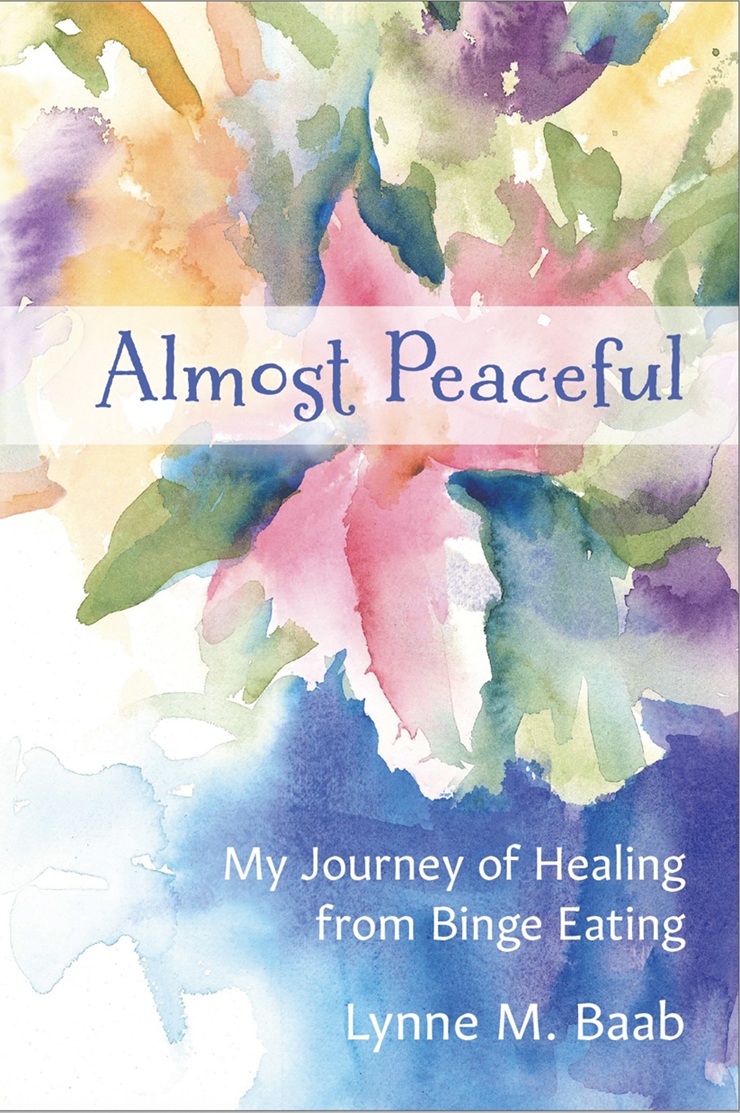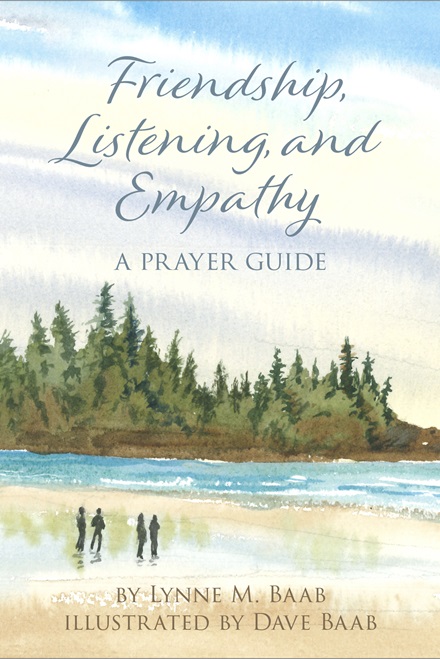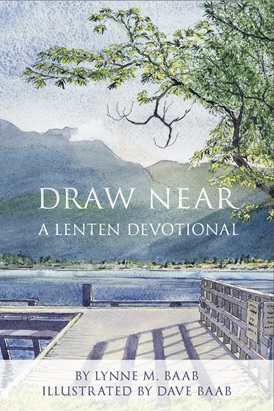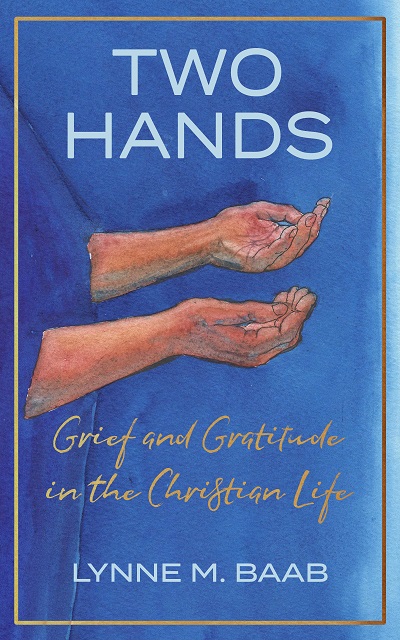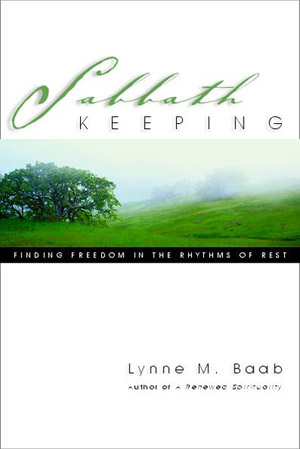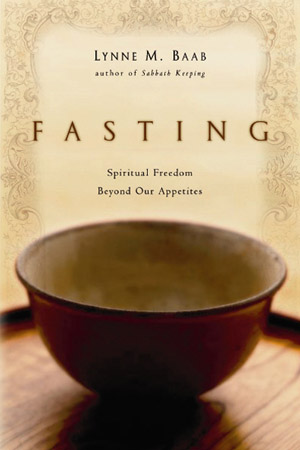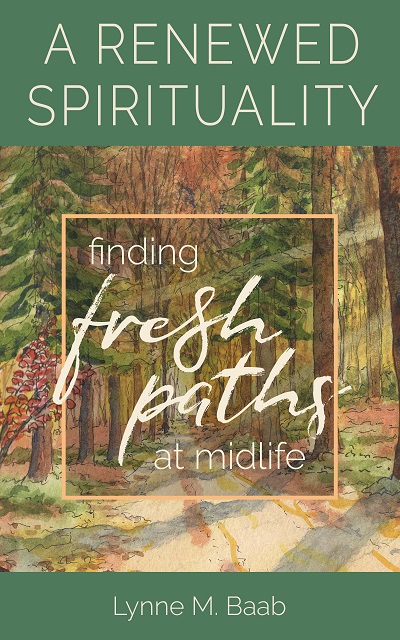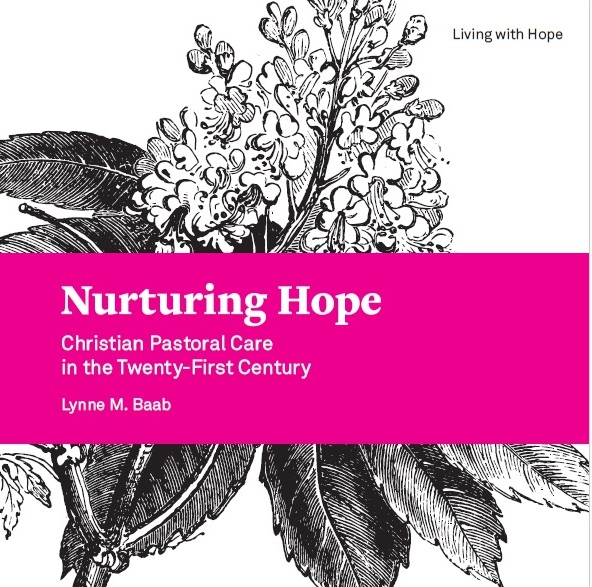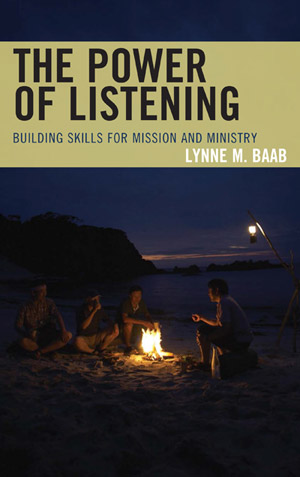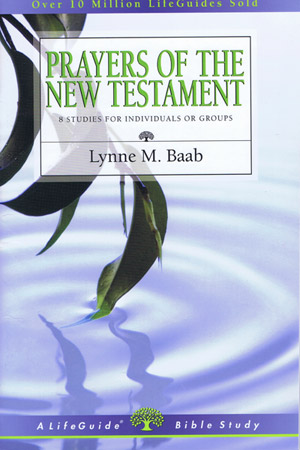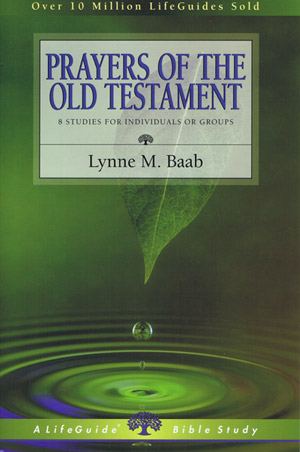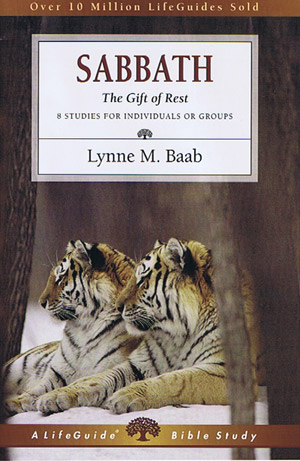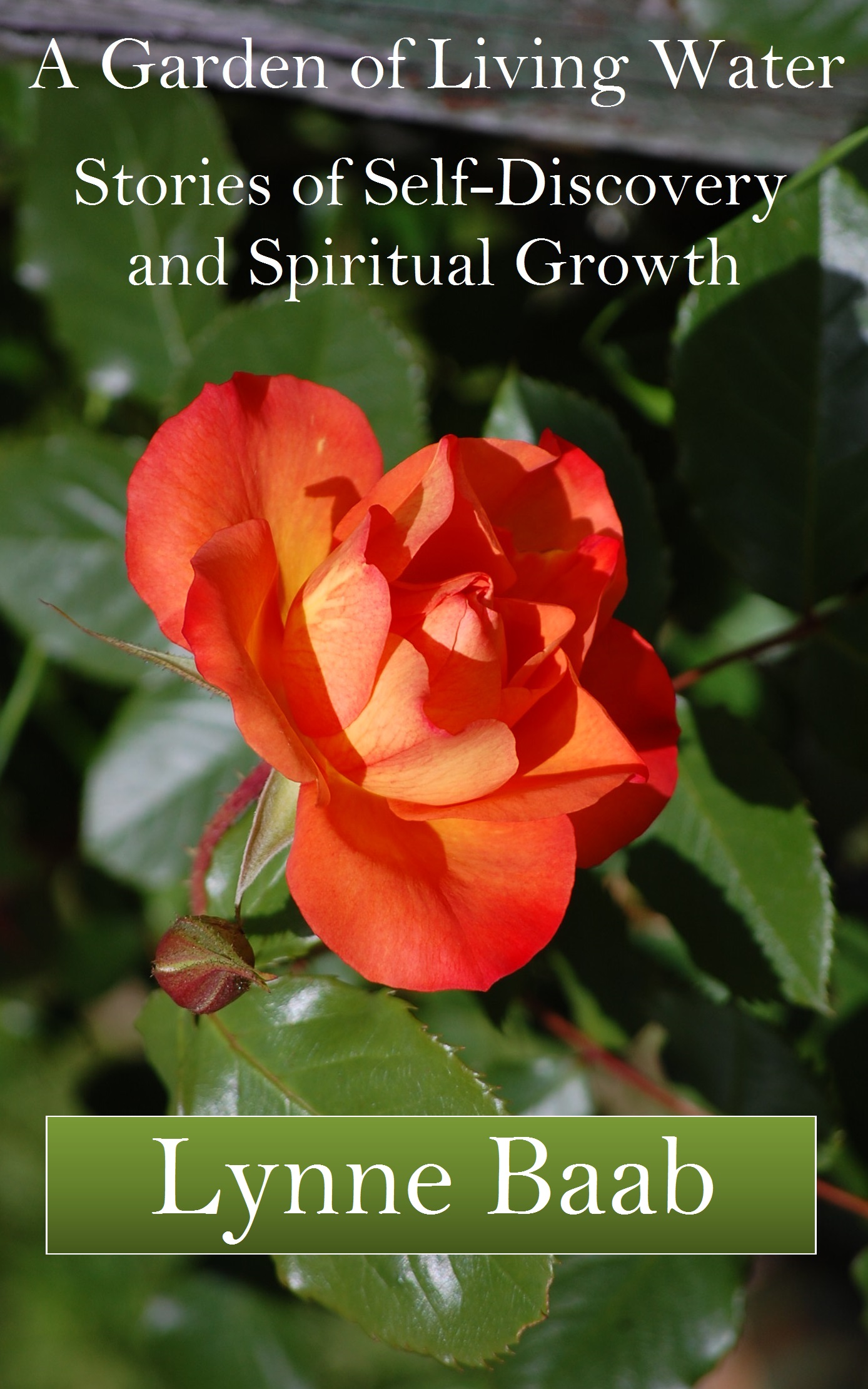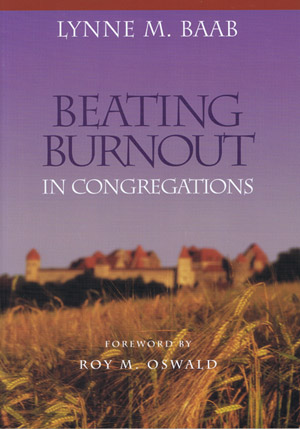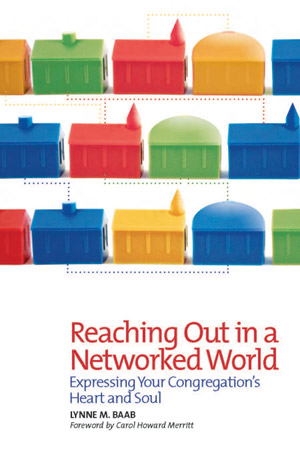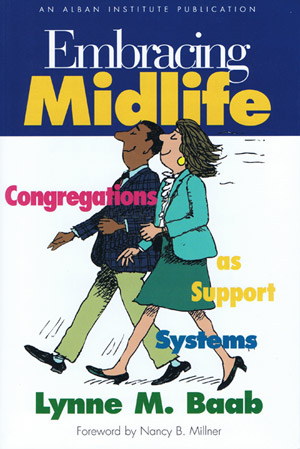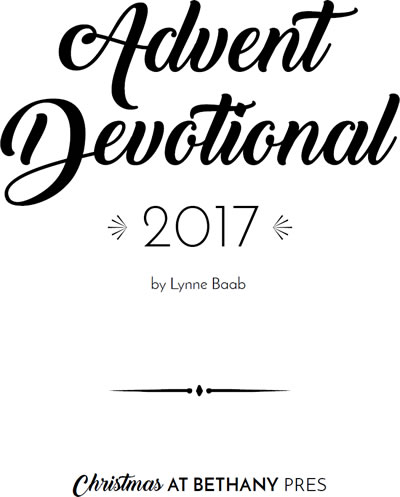Journey and pilgrimage
Lynne Baab • Tuesday August 12 2025

I’ve been pondering the relationship between five words: travel, trip, journey, vacation, and pilgrimage. I looked for synonyms for these words online, and the other words often appeared as synonyms, so the overlap between these words is substantial. To me, however, they don’t feel identical. I’ll give you definitions that I got from online dictionaries. Several of these words can be used as verbs or nouns, making their connections more complex. See what you think about how these words relate.
- Travel - go from one place to another, typically over a distance of some length.
- Trip - an act of going to a place and returning; a journey or excursion, especially for pleasure.
- Journey - an act of traveling from one place to another.
- Vacation - an extended period of leisure and recreation, especially one spent away from home or in traveling.
- Pilgrimage - a journey, often of considerable distance, to a sacred place or shrine, undertaken for religious or spiritual reasons. It can be a journey of faith, seeking forgiveness, fulfilling a vow, expressing devotion, or finding deeper meaning in life.
In this post, I want to focus on that last specific form of travel — pilgrimage. Adele Ahlberg Calhoun, in her ever-helpful Spiritual Disciplines Handbook, writes that the desire in pilgrimage is “to go on an outer journey that will lead me closer to God.” Key components of a pilgrimage, Calhoun writes, are “prayerful intention to be more than a tourist, as well as prayerful attention to the Holy Spirit’s movement within.” [1] She italicizes “intention” and “attention” to emphasize two important considerations as we contemplate what exactly is a pilgrimage and how to take one. She juxtaposes our outer and inner worlds. Travel is an outer journey, but our intention, our purpose in the travel, hopefully enables us to pay prayerful attention to what’s going on inside.
A recent issue of Christianity Today has a long article on pilgrimage. It affirms the growing popularity of many forms of pilgrimage, including these:
- Tours of Israel, visiting sites mentioned in the Bible
- Study abroad programs. The article cites the example of a group that traveled to New Zealand, where students learned about the spirituality of the indigenous Māori people
- Visiting communities like L'Abri Fellowship or Taizé
- Many traditional pilgrimage routes [2]
Under the second to last bullet point, I would add visiting monasteries and entering into their rhythms.
Under that last bullet point, I want to round out their mention of the various branches of the Camino de Santiago in Portugal and Spain. Other popular pilgrimage routes include: The Pilgrims’ Way in England. St Cuthbert’s Way in Scotland and England that leads to Holy Island. In Japan, the Kumano Kodo and the Shikoku Pilgrimage. Via Francingena in Italy.
I will also add trips to places connected to family history like Omaha Beach and Gallipoli. Many people find spiritual meaning in visiting places where family members fought or died. Closely related are trips to places where ancestors are buried or lived at one time. Some of those trips resonate deeply and feel like pilgrimages.
The Christianity Today article quotes a missionary to pilgrims on the Camina de Santiago, Bruce Harkins:
“It’s not just the ongoing conversation, it’s the kinetic motion of putting one foot in front of the other, both sides of one’s brain connecting as they walk. It’s not just the body, it’s the soul. It’s not just the mind, it’s the heart.” [3]
The goals described by Calhoun are likely met on pilgrimages in part because our whole beings are involved.
Two years ago, I wrote a blog post about trips I’ve taken that felt like pilgrimages, and other trips to places on Christianity Today’s list that did not feel holy or sacred. My experience reinforces Calhoun’s perspective that some form of prayerful intentionality and attention is required to experience an “outer journey that leads me closer to God.”
In the past few months, I’ve talked with four people who walked the Camino de Santiago. For all of them, the experience was rich and full. I expected to hear a variety of aspects of their inner journey, and to a small extent, I did. But I was surprised by one consistent theme they all talked about quite a bit. Stay tuned for next week. I’ll tell you about those conversations.
Some questions to ponder:
When you think of the words travel, trip, journey, vacation, and pilgrimage, what do you think are the priorities for each one? What memories come to mind?
Have you ever gone anywhere with “prayerful intention to be more than a tourist, as well as prayerful attention to the Holy Spirit’s movement within?” What fruit did you experience?
God, you created all places and inhabit them. Thank you for the awareness of your presence and provision that people throughout the ages have experienced on pilgrimages. Thank you for the model that pilgrimages give us of prayerful intention and prayerful attention. Help us bring both of those priorities into our daily lives.
֍ ֍ ֍
Next week: Journey and God’s song in the house of pilgrimage. Illustration by Dave Baab: Market Church, Wiesbaden Germany. I lived in Wiesbaden for five years of my childhood. Dave’s and my trip there in 2011 felt like a pilgrimage as I experienced God’s presence in locations from my childhood.
Related posts:
֍ ֍ ֍
Two ways to subscribe.
If you’d like to receive an email when I post on this blog, sign up below under “subscribe.” That email and the posts on this blog are free and accessible for all.
If you’d like to help me cover the expenses for this blog and website, plus get a bonus post every month, you can subscribe on Patreon for $3 or $6 per month. My bonus posts focus on one or more of the hundreds of vivid quotations I’ve collected over five decades.
[1] Both quotations are from page 68 of the 2015 edition of Spiritual Disciplines Handbook (InterVarsity Press).
[2] Abby Perry, “Wandering as a Form of Worship,” Christianity Today, May/June 2025, 111-119.
[3] Ibid., 111.
Next post »« Previous post
Subscribe to updates
To receive an email alert when a new post is published, simply enter your email address below.
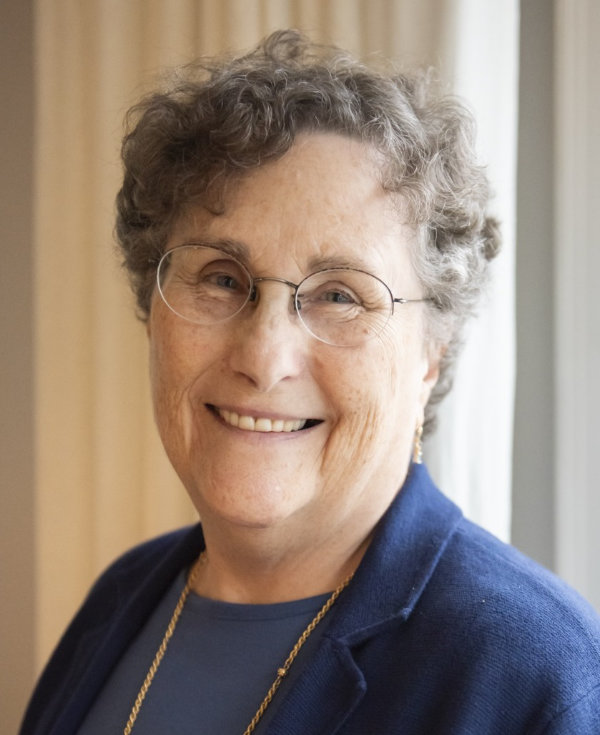
Lynne M. Baab, Ph.D., is an author and adjunct professor. She has written numerous books, Bible study guides, and articles for magazines and journals. Lynne is passionate about prayer and other ways to draw near to God, and her writing conveys encouragement for readers to be their authentic selves before God. She encourages experimentation and lightness in Christian spiritual practices. Read more »
Quick links:
- Two latest books: Draw Near: A Lenten Devotional and Friendship, Listening and Empathy: A Prayer Guide (illustrated with Dave Baab's beautiful watercolors)
- Most popular book, Sabbath Keeping: Finding Freedom in the Rhythms of Rest (audiobook, paperback, and kindle)
- quick overview of all Lynne's books
- more than 50 articles Lynne has written for magazines on listening, Sabbath, fasting, spiritual growth, resilience for ministry, and congregational communication
You can listen to Lynne talk about these topics:
"Lynne's writing is beautiful. Her tone has such a note of hope and excitement about growth. It is gentle and affirming."
— a reader
"Dear Dr. Baab, You changed my life. It is only through God’s gift of the sabbath that I feel in my heart and soul that God loves me apart from anything I do."
— a reader of Sabbath Keeping
Subscribe
To receive an email alert when a new post is published, simply enter your email address below.
Featured posts
- Drawing Near to God with the Heart: first post of a series »
- Quotations I love: Henri Nouwen on being beloved »
- Worshipping God the Creator: the first post of a series »
- Sabbath Keeping a decade later: the first post of a series »
- Benedictine spirituality: the first post of a series »
- Celtic Christianity: the first post of a series »
- Holy Listening »
- A Cat with a Noble Character »
- Welcome to my website »
Tags
Archive
- December 2025 (6)
- November 2025 (4)
- October 2025 (3)
- September 2025 (5)
- August 2025 (4)
-
July 2025 (6)
- Praying about the flow of time: Praying about AND — again
- Praying about the flow of time: Praying for our ordinary lives
- Praying about the flow of time: Wind and water
- Praying about the flow of time: Paying attention to our stories
- What I learned from the past year's blog posts
- First post in a new series: Journey
- June 2025 (4)
- May 2025 (4)
- April 2025 (4)
- March 2025 (5)
- February 2025 (4)
- January 2025 (5)
- December 2024 (3)
-
November 2024 (5)
- Praying about the flow of time: Small actions with big benefits
- Praying about the flow of time: The overlap of the sacred and the ordinary
- Praying about the flow of time: The joy of the kingdom of God
- Praying about the flow of time: Advent can be confusing
- Praying about the flow of time: Why Jesus had to come
-
October 2024 (5)
- Praying about the flow of time: Rosh Hashanah, the Jewish New Year
- Praying about the flow of time: A month of celebrating renewal and moral responsibility
- Praying about the flow of time: The Feast of Tabernacles calls us to stay fluid and flexible
- Praying about the flow of time: Daily rhythms of prayer
- Praying about the flow of time: All Hallows Eve and All Saints Day
- September 2024 (3)
- August 2024 (5)
- July 2024 (3)
- June 2024 (5)
- May 2024 (5)
- April 2024 (4)
-
March 2024 (5)
- Friendship, loneliness, and prayer: Praying about distractions from empathy
- Friendship, loneliness, and prayer: Praying to keep empathy flowing
- Friendship, loneliness, and prayer: Everyday initiative
- Friendship, loneliness, and prayer: Praying for guidance for ending conversations
- Friendship, loneliness, and prayer: Reflecting on the series
- February 2024 (4)
- January 2024 (2)
-
December 2023 (6)
- Friendship, loneliness, and prayer: Initiating
- Friendship, loneliness, and prayer: Praying about listening roadblocks
- Friendship, loneliness, and prayer: Praying to love the poverty in our friends
- Friendship, loneliness, and prayer: Praying for “holy curiosity”
- Friendship, loneliness, and prayer: Praying for “holy listening”
- Friendship, loneliness, and prayer: Praying to give affection extravagantly
- November 2023 (4)
-
October 2023 (5)
- Friendship, loneliness and prayer: A listening skill with two purposes
- Friendship, loneliness, and prayer: Saying “thank you” to friends
- Friendship, loneliness, and prayer: One more way reflecting helps us
- Friendship, loneliness, and prayer: Lessons from two periods of loneliness
- Friendship, loneliness, and prayer: Types of reflecting, a listening skill
- September 2023 (4)
- August 2023 (4)
- July 2023 (5)
- June 2023 (3)
- May 2023 (6)
- April 2023 (4)
- March 2023 (4)
- February 2023 (4)
- January 2023 (4)
- December 2022 (5)
- November 2022 (1)
- October 2022 (5)
- September 2022 (5)
-
August 2022 (6)
- Draw near: Confessing sin without wallowing
- Draw near: A favorite prayer about peace, freedom, and much more
- Drawing near with Desmond Tutu: God’s love is the foundation for prayer
- Draw near: Worshipping God with Desmond Tutu
- Draw near: Yearning, beseeching and beholding with Desmond Tutu
- Draw near: Praising God with Desmond Tutu
- July 2022 (2)
- June 2022 (6)
- May 2022 (5)
- April 2022 (6)
- March 2022 (5)
- February 2022 (4)
- January 2022 (3)
- December 2021 (5)
- November 2021 (4)
- October 2021 (5)
- September 2021 (4)
- August 2021 (4)
- July 2021 (4)
- June 2021 (4)
- May 2021 (4)
- April 2021 (5)
- March 2021 (4)
- February 2021 (4)
- January 2021 (4)
- December 2020 (5)
- November 2020 (3)
- October 2020 (5)
- September 2020 (4)
- August 2020 (4)
- July 2020 (5)
- June 2020 (4)
-
May 2020 (4)
- Spiritual diary of sheltering in place: The lifeline of separating thoughts from feelings
- Spiritual diary of sheltering in place: The lifeline of welcoming prayer
- Spiritual diary of sheltering in place: a kite string as a lifeline
- Spiritual diary of sheltering in place: The lifeline of God’s distant future
-
April 2020 (7)
- Spiritual diary of self-isolation: the lifeline of God’s constancy
- Spiritual diary of sheltering in place: The lifeline of accepting my place as a clay jar
- Spiritual diary of sheltering in place: the lifeline of memories
- Spiritual diary of sheltering in place: the lifeline of “Good” in “Good Friday”
- Spiritual diary of sheltering in place: The lifeline of “easier does not mean easy”
- Spiritual diary of sheltering in place: The lifeline of nature
- Spiritual diary of sheltering in place: the lifeline of God’s voice through the Bible
-
March 2020 (7)
- Important anniversaries in 2020: The first Earth Day in 1970
- Important anniversaries in 2020: Florence Nightingale was born in 1820
- Spiritual diary of self-isolation: Weeks 1 and 2
- Spiritual diary of self-isolation: God's grace as a lifeline
- Spiritual diary of self-isolation: The lifeline of limits on thoughts
- Spiritual diary of self-isolation: Wrestling with God for a blessing
- Spiritual diary of self-isolation: Responding to terror by listening to Jesus voice
- February 2020 (4)
- January 2020 (5)
- December 2019 (4)
- November 2019 (4)
- October 2019 (5)
- September 2019 (4)
- August 2019 (5)
- July 2019 (4)
- June 2019 (4)
- May 2019 (5)
- April 2019 (4)
- March 2019 (4)
- February 2019 (4)
-
January 2019 (5)
- Nurturing friendships in a cellphone world: Jesus as Friend
- Nurturing friendships in a cellphone world: Friendship with Christ and friendship with others
- Nurturing friendships in a cellphone world: Who is my neighbor?
- Nurturing friendships in a cellphone world: Friendship as action
- Nurturing friendships in a cellphone world: Hymns that describe friendship with God
- December 2018 (3)
-
November 2018 (5)
- Connections between the Bible and prayer: Sensory prayer in Revelation
- First post in a new series: Nurturing friendships in a cellphone world
- Nurturing friendships in a cellphone world: Strong opinions and responses
- Nurturing friendships in a cellphone world: My conversation partners about friendship
- Nurturing friendships in a cellphone world: Two views about communication technologies
- October 2018 (4)
- September 2018 (4)
-
August 2018 (5)
- Providing Christian Care in Our Time
- Providing Christian care in our time: Seven trends in pastoral care today
- Providing Christian Care in Our Time: Skills for Pastoral Care
- Providing Christian care: The importance of spiritual practices
- First post in a new series: Connections between the Bible and prayer
- July 2018 (4)
- June 2018 (4)
- May 2018 (5)
- April 2018 (4)
- March 2018 (5)
- February 2018 (4)
- January 2018 (4)
- December 2017 (5)
- November 2017 (4)
- October 2017 (4)
- September 2017 (5)
- August 2017 (4)
- July 2017 (4)
- June 2017 (4)
-
May 2017 (5)
- My new spiritual practice: Separating thoughts from feelings
- My new spiritual practice: Feeling the feelings
- My new spiritual practice: Coping with feelings that want to dominate
- My new spiritual practice: Dealing with “demonic” thoughts
- My new spiritual practice: Is self-compassion really appropriate for Christians?
- April 2017 (4)
- March 2017 (5)
- February 2017 (4)
- January 2017 (4)
- December 2016 (5)
- November 2016 (4)
- October 2016 (4)
- September 2016 (5)
- August 2016 (4)
- July 2016 (4)
- June 2016 (4)
- May 2016 (5)
- April 2016 (4)
- March 2016 (5)
- February 2016 (4)
- January 2016 (4)
- December 2015 (4)
- November 2015 (4)
- October 2015 (5)
- September 2015 (4)
- August 2015 (4)
- July 2015 (4)
- June 2015 (4)
- May 2015 (4)
- April 2015 (6)
- March 2015 (4)
- February 2015 (4)
- January 2015 (4)
- December 2014 (5)
- November 2014 (4)
- October 2014 (4)
- September 2014 (4)
- August 2014 (5)
- July 2014 (4)
- June 2014 (7)

